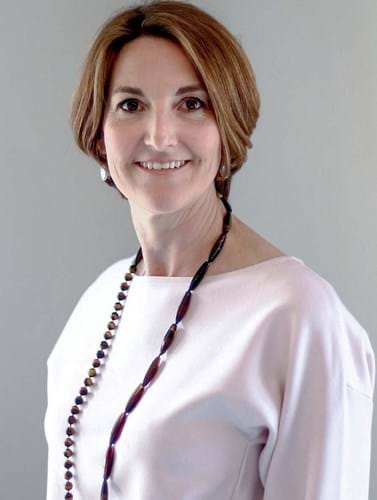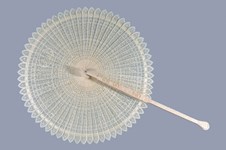Already she has attended parliamentary meetings on the ivory ban, made staff appointments and begun formulating a new digital strategy for the web portal serving the association’s 500-plus members.
Simms takes over the organisation following the departure, after just three months in the role, of Patricia Stevenson, ex-publishing director of Tatler magazine (ATG No 2339).
Here Simms speaks to ATG about the job she says she has “wanted to do for a long time” and the challenges the trade faces.
What’s on your to-do list?
What is interesting is that so many things in our climate are changing, from retail, digital and Brexit to new UK and EU laws affecting ivory and cultural property. Much of the change is within the scope of this job to manage on behalf of the members.
There are areas where I can immediately add value, such as marketing and growing overseas.
We are looking at developing our events calendar, such as introducing discussions to help the trade but also pop-up events to reach buyers and collectors throughout the year.
Membership can be grown internationally, but the most important thing is serving the members we have.
There is a lot to be done!
What does a successful dealer look like in 2018, to you?
A successful dealer has a 360 degree understanding of their business, in that they don’t just see it as a shop or exhibiting at a fair. Instead, they see it terms of market penetration through marketing, digital, websites and through their physical shop.
Many of the most successful dealers are grafters, but they also have imagination and vision and are curators.
A successful dealer also understands that the people spending on beautiful things for their homes and collections are also buying cars, property and fashion. There is a lot we can learn from other retail businesses and the luxury market.
Our dealers should be looking at fashion designers. Look at Victoria Beckham and Stella McCartney, who curate and present their products as art and design. Their showrooms are constantly being refreshed and tweaked – and that’s something dealers can learn from. Most have the desire to change and develop – they just need the support to do that.
How will you boost dealers’ use of digital?
We can do this in two ways – through supporting the members in improving their presence but also in leading by example, through the social media feed and website of LAPADA where there is quite a lot we can do better.
Social media is a very useful tool and is about engagement and content. It builds brand awareness and tells stories. It’s the stories around the objects that make them attractive and add value.
And of course it can be a sales vehicle – dealers can sell through Instagram, for instance.
We are still in the planning stages for our website but there will be blogs and we will partner with people on social media. Our feeds will be proactive and part of the cultural conversation – our lens on the world. Rather than just our members’ stock or activities, we can be part of the wider cultural conversation and that will help everybody.
A big issue for dealers currently is price hikes by dealer portal Online Galleries. Is there a solution?
The changes to Online Galleries’ prices have been a big concern for our members. It is actually a compliment to Online Galleries that it is a platform a lot of dealers use.
However, dealers are faced with a decision of what to do next. Clearly Online Galleries has not worked for all of them.
Can LAPADA offer an alternative? Yes. Do we have the answers yet? No. We are having discussions at board level about the development of our website. We don’t have the scale that Online Galleries has, but we are planning a number of changes and improvements.
The ivory issue saw LAPADA and BADA working very well together. Is this a model for tackling issues facing the trade in the future? Where do you stand on the merger of the associations mooted last year?
It is an interesting time. With Brexit, ivory and cultural property law, there are many challenges that we commonly face. Strength in numbers is a good thing. There will be topics of debate where we publicly or privately collaborate, but we can do that within the framework of our own identities and staying true to our members.
There are reasons the organisations are separate and independent. For the moment it is already a big change that we collaborate a lot more than we have ever done.
Any decision about a potential merger is not driven by the CEO – it has to be driven by the board and by all our members.
How will you balance your non-executive role at Golden Squared with the LAPADA task?
At Golden Squared Consulting we have a strong team and it is serviced by the team there. There is absolutely no conflict of interest with my LAPADA role. It is complimentary.
Curriculum Vitae
1993-2004
Marketing and press roles at Christie’s, Bonhams and Sotheby’s (including a year at Cawdell Douglas 1996-7)
2004-5
Public relations at Focus PR
2005
Fair director for Clarion’s Art and Antiques fairs portfolio at Olympia
2010
Founded PR firm Muse, which later merged with Cawdell Douglas, set up by Diana Cawdell, to become Golden Squared Consulting
2018
Chief executive of LAPADA and non-executive director of Golden Squared

















